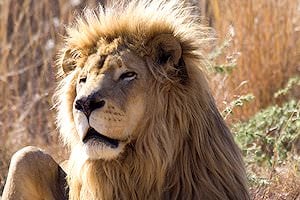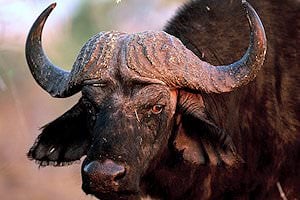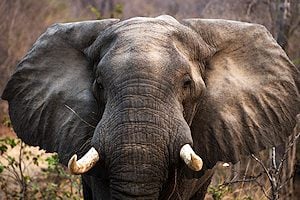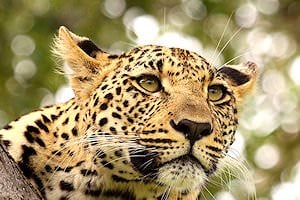- USD
- EUR
- GBP
- AUD
- CAD
- ZAR
The plains zebra is the most common zebra you'll encounter on safari in Southern Africa. They provide visitors with incredible sightings in most conservation areas.
Need Advice?The zebra is one of the most easily identifiable animals in the Kruger National Park, with its characteristic black and white stripes. They are also called Burchell's zebra.

They are common to many areas of Southern Africa, in the KwaZulu-Natal province of South Africa, eastern Botswana, northern Namibia, western and north Zimbabwe, and most of Zambia. Two subspecies of mountain zebra occur in Southern Africa, the Hartmann's and cape mountain zebra.

The plains zebra is currently labeled as "near threatened" by the IUCN, while the mountain zebra subspecies are both classified as 'vulnerable.' Both species were heavily affected by overhunting in the 19th and 20th centuries, which drove one subspecies of the plains zebra, known as the "quagga," to extinction in 1875. Since the introduction of various protected areas throughout Southern Africa, their numbers have stabilized and even grown in some areas, with many privately owned farms and reserves contributing to their conservation. Like most species, the biggest challenge they face today is habitat loss. However, with large parks like the Kruger National Park, the Kgalagadi Transfrontier Park, and the Hluhluwe-Imfolozi National Park, enough land is available for the species to survive.

The plains zebra, found in the Kruger National Park, typically inhabit treeless grassland and woodland areas. They are predominantly grazers and have developed a preference for red grass and buffelgrass species. However, they are known to browse, especially when food supplies are low in a drought-stricken region. Zebras are known as "pioneer grazers," meaning they are less picky but also less specialized grazers. Once zebras inhabit an area, they make way for more specialized grazers like blue wildebeest and springbok by decreasing the concentration of tough, long grasses, allowing shorter, more palatable grasses to grow.

Zebras form herds and have all-male, mixed, and all-female herds. Bachelor herds or solitary males live nomadic lives outside the mating season, with no territorial behavior visible at any time of the year. These male herds are led by a dominant male known as the herd stallion. However, a change of power does not affect the rest of this group, with the structure remaining intact. This transition is surprisingly gradual and civil, with a bachelor shadowing the stallion for some time before taking over the reins.
We recommend the following National Parks and Private Reserves for the best chances of spotting the zebra on safari game drives and bush walks.

They make grunting noises as a form of vocal communication and utilize body language and how they stride to communicate. Defensive or offensive behavior in response to a threat is typically shown by jumping, teeth-showing, and the iconic hind leg standing position horses frequently take up. Their day is mainly composed of grazing and resting during the hot hours of the day. They typically take shelter under the shade of the many acacia trees that dot the plains of Africa during the midday.

Reproduction among zebras is not solely seasonal. The instincts of males spark it, and the scents females leave for them to find when they first go into heat and start ovulating. More frequent urination on a female zebra's part spreads her scent more vigorously than usual to attract males easier. The actual copulation is swift and easy, which will leave the female pregnant. The gestation period is 10 to 12 months before she finally gives birth to a little striped fowl that will stand on its own two feet within the hour.

Zebras are a favorite prey among lions and hyenas, largely because they are so common in grassland and woodland areas. Their young are especially vulnerable and face an added threat of predators like cheetahs and even caracals if the watchful eye of their mother is not around. In such a situation, mothers are known to hide the fowls behind family or herd members, who then form a type of shield between the predator and the fowl, much like other herd animals. While this happens, the herd stallion will attack the predator and vigorously kick using its hind legs. It is a very efficient and effective method of defense against, most notably, wild dogs and hyena species, though less effective against lions.





This website uses cookies. To learn more about how we use cookies, please view our Privacy Policy. By clicking "I Accept" on this banner, you consent to the use of cookies unless you have disabled them.





